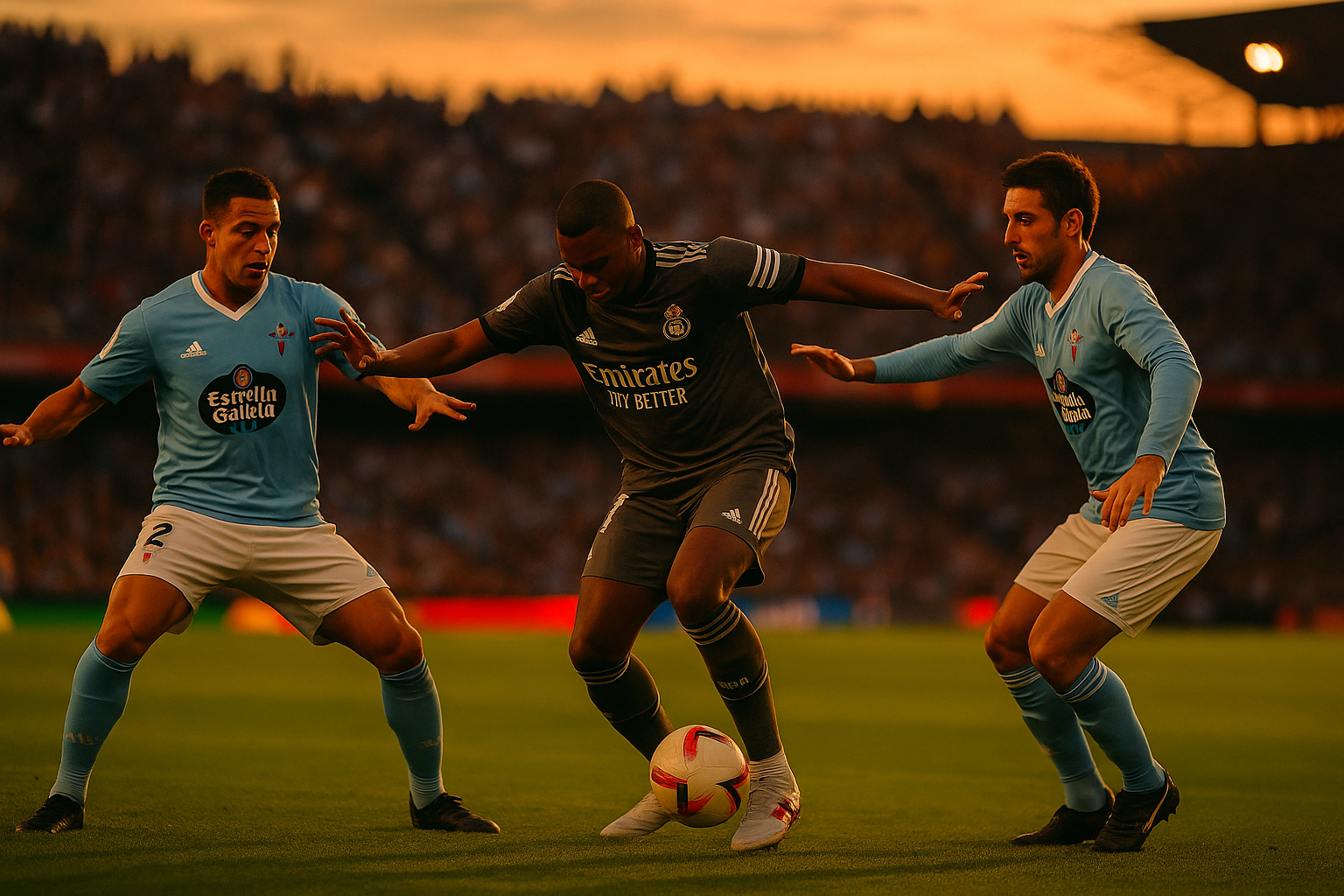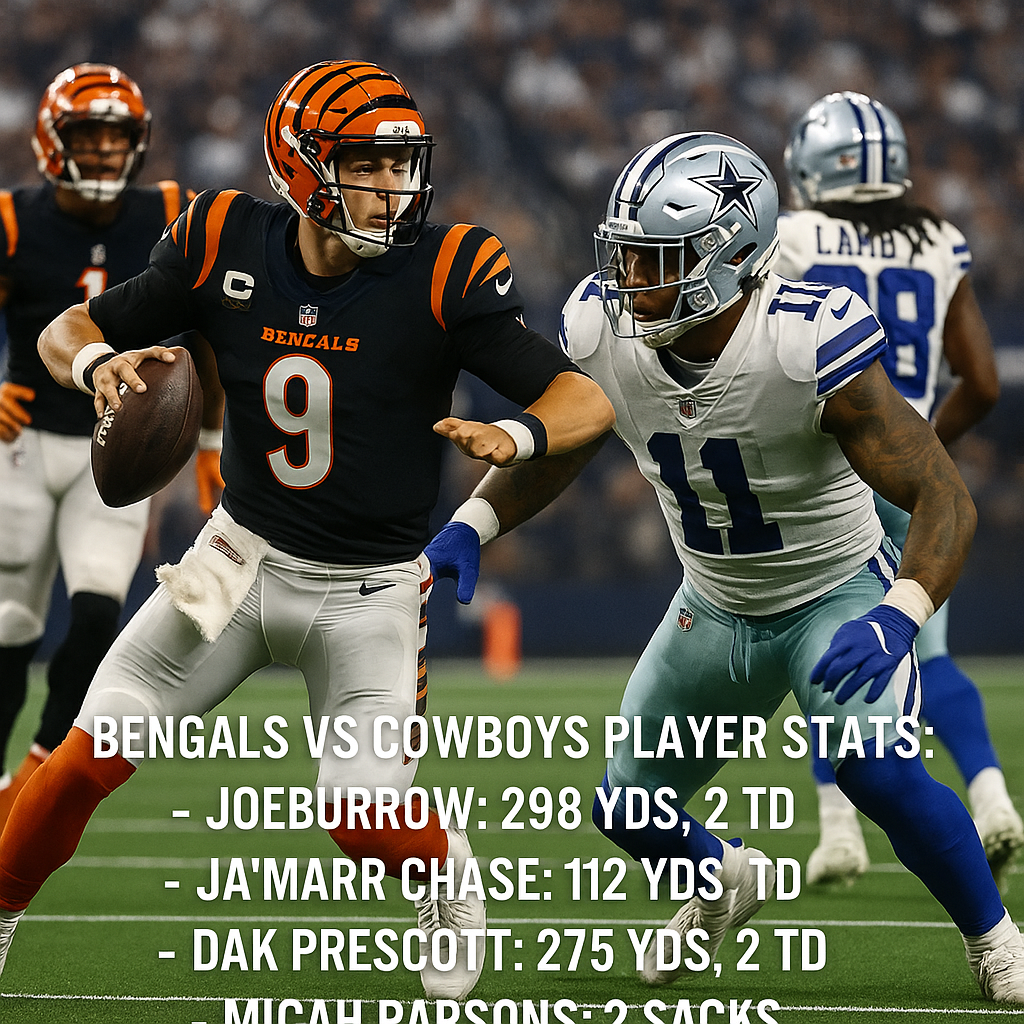Introduction to the Real Madrid vs. Celta Vigo lineups
The clash between Real Madrid and Celta Vigo has historically been a thrilling one in Spanish football, especially in competitions like the Copa del Rey , where every match is a strategic battle. Lineups play a crucial role in these duels, as they define not only the tactics but also the team’s attitude toward its opponent. In this article, we’ll explore the official formations, coaching decisions, and the impact each choice has on the outcome of the match.
Real Madrid vs. Celta: Official Copa del Rey Lineups
Real Madrid lineup (usual 4-3-3):
- Portero: Andriy Lunin
- Defenders: Dani Carvajal, Antonio Rüdiger, Nacho Fernández, Fran García
- Midfielders: Toni Kroos, Eduardo Camavinga, Jude Bellingham
- Forwards: Federico Valverde, Rodrygo Goes, Joselu Mato
Notable absences:
- Thibaut Courtois (injury)
- David Alaba (cruciate ligament injury)
- Vinícius Jr. (physical load management)
Celta de Vigo’s lineup (4-4-2 flexible):
- Goalkeeper: Vicente Guaita
- Defenders: Oscar Mingueza, Unai Nunez, Carl Starfelt, Manu Sanchez
- Midfielders: Fran Beltrán, Renato Tapia, Luca de la Torre, Jonathan Bamba
- Forwards: Iago Aspas, Jørgen Strand Larsen
Notable absences:
- Carles Pérez (physical doubt)
- Joseph Aidoo (long-term injury)
Tactical Analysis: How Both Coaches Set Up the Game
Carlo Ancelotti (Real Madrid):
He opted for a mix of experience and youth. The attacking trident was mobile, with Valverde and Rodrygo switching flanks, while Bellingham was constantly in the opposition box. Kroos’ presence provided control in midfield, and Camavinga acted as the defensive anchor.
Rafael Benítez (Celta de Vigo):
Benítez reinforced the midfield with Tapia and Beltrán to counter the Madrid’s possession. He relied on high pressing in specific sections and counterattacking with Aspas and Larsen. Mingueza, as an attacking full-back, created space on the right flank.
Relevant Match Statistics
- Possession of the ball:
- Real Madrid: 61%
- Celta Vigo: 39%
- Total shots:
- Real Madrid: 14 (7 on target)
- Celta de Vigo: 6 (2 on goal)
- Completed passes:
- Real Madrid: 610
- Celta Vigo: 328
- Fouls committed:
- Real Madrid: 10
- Celta Vigo: 17
Featured Performances
- Jude Bellingham: Scored a goal and actively participated in the recovery and offensive transition. His versatility was key in breaking down defensive lines.
- Iago Aspas: Despite Nacho’s strong marking, he managed to create two clear chances and led the Sky Blue attack.
- Camavinga: He showed solidity in defense and dynamism in midfield, recovering key balls to initiate counterattacks.
Tactical Changes During the Match
The duel between Real Madrid and Celta de Vigo no not only individual , but also of tactical intelligence. Both key during the course of the match to respond to the demand tactical changes It wasn’t just a display of individual talent, but also of tactical intelligence. Both coaches made key adjustments throughout the match to respond to the demands of the score and the dynamics of the game. Below, we break down the most significant tactical changes. of each team.
Real Madrid: Transition from Control to Intelligent Containment
Key Income:
- Brahim Díaz and Luka Modrić came on in the second half with a clear purpose: to strengthen ball circulation and maintain possession in safe areas. Modrić’s introduction, in particular, brought composure and tactical awareness to Celta’s attempts to press high.
Scheme Change:
- Ancelotti made a fundamental tactical change , going from the traditional 4-3-3 to a 4-2-3-1 , with Kroos and Camavinga as double defensive pivots and Bellingham playing the linking role behind the striker.
- This new formation allowed for better control of the opponent’s counterattacks and more precise timing, while maintaining a compact and balanced unit.
Celta de Vigo: Reaction and Protection After the Disadvantage
Offensive Revulsive:
- With the aim of injecting energy and creating new opportunities, Hugo Álvarez was brought into attack. His presence served to open up space between the lines and provide a fresh alternative to connect with Aspas and Larsen.
Defensive Modification:
- After Real Madrid’s second goal, Celta reconfigured their defensive formation from a 4-4-2 to a more conservative 5-4-1 .
- This adjustment was intended to prevent a rout by closing the spaces between the lines, slowing down the pace of the game, and reinforcing the back line with a third center back.
Assessment of Changes
Ancelotti ‘s adjustments focused on controlling the pace and sealing the result , while Benítez sought to minimize the damage and find a savior counterattack. Both managers demonstrated tactical flexibility and a deep understanding of the game, although it was Real Madrid who benefited most from their modifications.
Final Result and Keys to Victory
Result: Real Madrid 2 – 0 Celta de Vigo
Scorers:
- Jude Bellingham (min 32)
- Joselu (74th minute)
Keys to Real Madrid’s victory:
- Dominance of the midfield.
- Coordinated pressure and recovery after immediate loss.
- Effectiveness in defining and managing time.
General Context: What Does This Result Mean?
The victory firmly positions Real Madrid in the next round of the Copa del Rey , with high morale and a solid performance from all sides. For Celta de Vigo , the defeat marks the end of their Copa del Rey campaign, but also offers important lessons for their La Liga campaign.
Frequently Asked Questions about Alineaciones de Real Madrid contra Celta de Vigo
1. Why didn’t Vinícius Jr. play against Celta Vigo?
He was held out due to time management after a string of intense matches.
2. What formation did Ancelotti use against Celta?
He used his classic 4-3-3 with versatile roles in midfield and attack.
3. What were Real Madrid’s key changes?
The introduction of Modrić and Brahim Díaz improved ball control in the second half.
4. Who was the best player of the match?
Jude Bellingham was the most influential, scoring a goal and constantly contributing to the attack.
5. Did Celta use a back five at any point?
Yes, after going 2-0 down, they switched to a back five to contain the damage.


